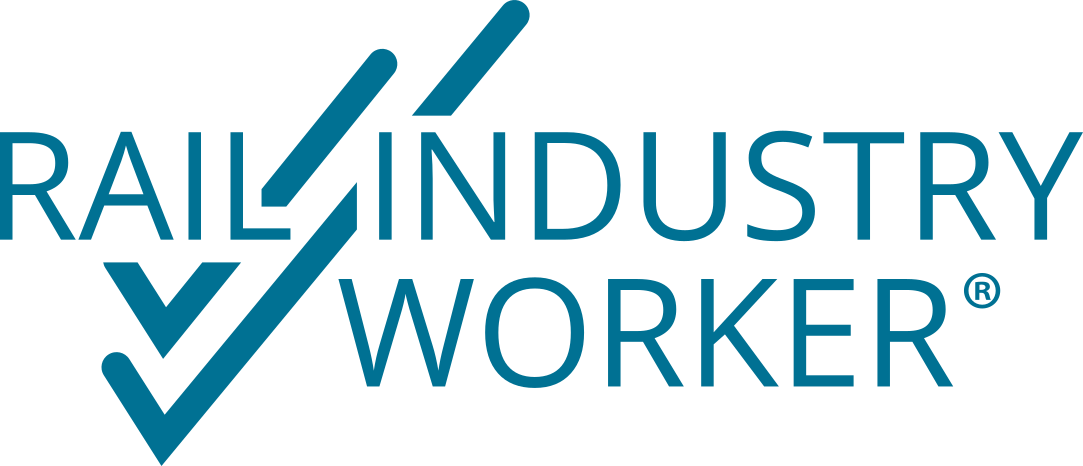Below you will find a range of training, instructional and support information for using the RIW System. You can browse the various categories, or type keywords into the search box. If you are new to RIW, please view the Getting Started category.
Knowledge Centre Search
What is a competency?
In the RIW System, competency is the ability to demonstrate knowledge or the application of a task successfully and consistently. A competency on an RIW Profile, is when evidence of a qualification, accreditation, certification etc is uploaded against the cardholders profile.
There are some competencies that expire within a nominated time frame. This means that a worker would need to be re-assessed to remain competent.
A qualification or unit of competency issued under the Standards for Registered Training Organisations can also be considered a competency. For the purposes of the Rail Industry Worker Program and the safety critical nature of the roles performed, most qualifications/units do not expire. However, workers may be required to prove they have maintained the appropriate level of competency against certain units. A recertification date will be shown in the RIW System for this purpose.
In the RIW System, competencies sit on the below levels:
- National – a competency that is nationally recognised, such as TLIF10001A Follow Occupational Health & Safety Procedures, which can be uploaded to the RIW System by an Employer Administrator or Registered Training Organisation.
- Employer – a competency that is specific to an Employer, such as John Holland Examine Track Infrastructure, which can be uploaded to the RIW System by an Employer Administrator.
- Network-Based – a competency that is specific to a Network, such as Queensland Rail Safety Access the Rail Corridor or ARTC National Contractor Induction, which can be uploaded to the RIW System by an Employer Administrator.
- Project-Based – a competency that is specific to a Project, such as NWPA Face to Face Induction (Project Level). Project based competencies can only be awarded by a Project Administrator or by individuals swiping in at a Project by an Access Controller.
- Site-Based – a competency, such as a toolbox talk or induction, which can be awarded to individuals swiping in at site by an Access Controller or Site Based Administrator.
- Zone-Based – similar to a site-based competency but specific to a zone, it can be awarded to individuals swiping in to a zone by an Access Controller or Site Based Administrator.
Who determines the competencies required to work in the rail industry?
To ensure that the RIW Program is fit for purpose and guided by industry, a governance committee was established comprising rail operators, track owners and rail contractors.
The National Rail Industry Worker Matrices Committee (NRIWMC) includes safety managers, competency managers, training managers and other professionals working for accredited rail operators, infrastructure organisations and rail contractor representatives. The NRIWMC is responsible for driving continuous improvement of the RIW Program through developing and reviewing the National Role Matrices and National Business Rules. The National Role Matrices provide standardised roles to allow more access and portability for rail workers across the Australian rail network. Where a Rail Operator still requires specific network roles and competencies, these are developed internally by each Rail Operator and form part of their network role matrices. In addition, both Rail Operators and Contractor Representatives also have the responsibility to develop employer-based roles and competencies, listing the specific requirements to hold the relevant roles for their organisation. You can access the National and Network Operator matrices on the RIW website.
Business Rules have been developed to provide an agreed minimum of acceptance criteria for the verification of competence across RIW Program participants. These underlying business rules provide guidance to the RIW Program Service Desk.
For more information please visit the RIW Business Rules page.
RIW Knowledge Centre Article Link:
https://support.riw.net.au/support/solutions/articles/51000140090
Did you find it helpful? Yes No
Send feedback




